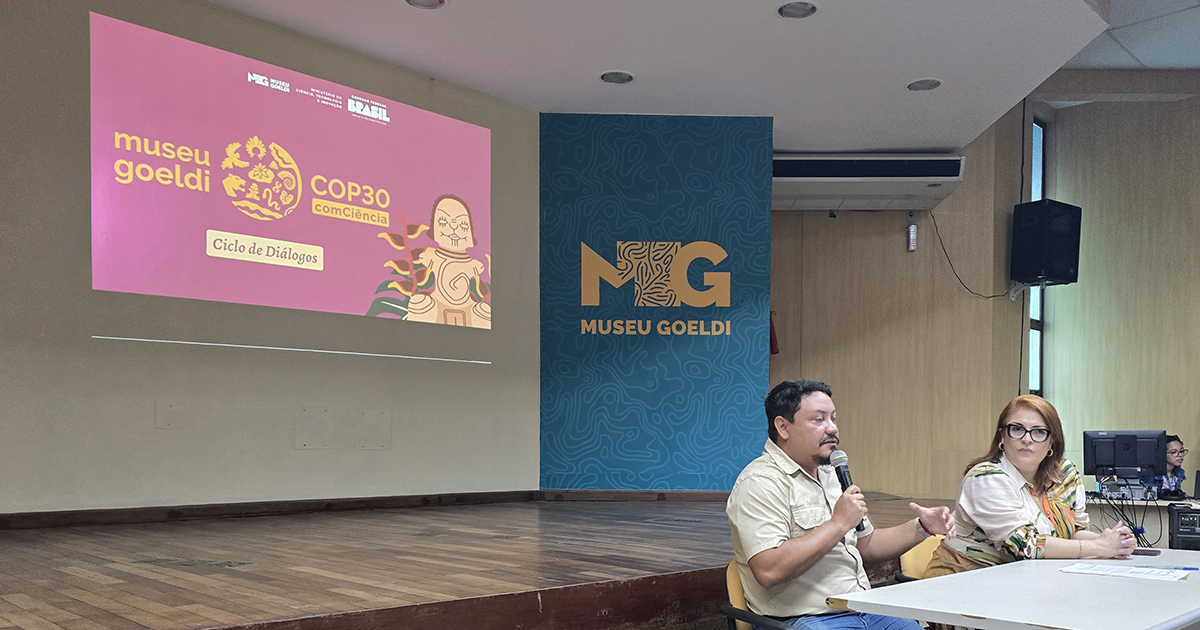In this study, model testing, calibration, and validation of the Modified Universal Soil Loss Equation (MUSLE) model were carried out in Khun Satan catchment, Thailand, for the estimation of sediment yield in plots of different slopes using the S factor from the classic Universal Soil Loss Equation (USLE) and the McCool model, as the calibration parameter. In situ experimental plots were established with five different inclinations (9, 16, 25, 30, and 35%), with the other model parameters (e.g., erodibility, conservation practice, etc) being treated as constants. Sediment yields were recorded from 27 rainfall events between July and October 2003. It was found that both the classic USLE and the McCool models over-estimated sediment yields at all slope angles. However, the classic USLE produced a smaller relative error (RE) than the McCool model at plots with slopes of 9 and 16%, while the McCool model performed better at plots with slopes over 16% inclination. The calibration of the model using the S factor was then made for two slope range intervals, and the slope algorithm was later modified. The calibrated S factors were used in the prototype model for slope ranges of 9 to 16% using classic USLE and for slopes from 16 to 35% using the McCool model. The results revealed that an acceptable accuracy can be obtained through model calibration. The model validation based on paired t-test, on the other hand, showed that there was no difference ( = 0.05) between measured and estimated sediment yield using both models. This result indicates that if data on various slope gradients are limited, MUSLE needs to be calibrated before application, especially with respect to topographic factors, in order to obtain an accurate estimate of the sediment yield from individual rainfall events.
DOI:
https://doi.org/10.4141/cjss09076
Dimensions Citation Count:
























